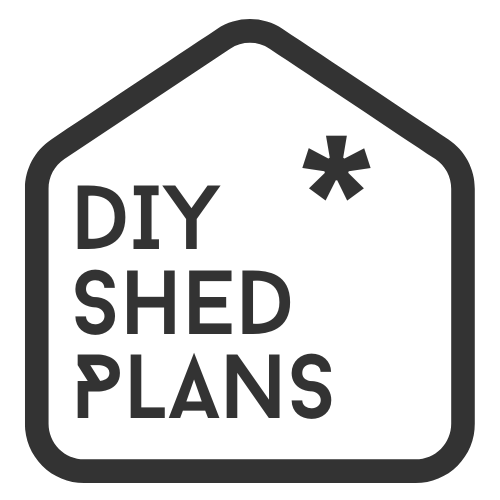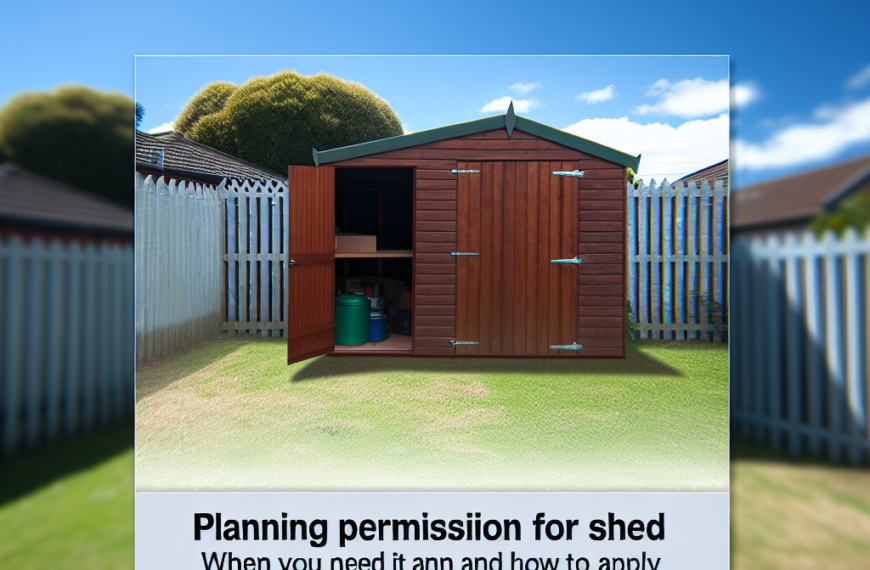Storage shed plans are essential for anyone looking to build a custom storage solution tailored to their specific needs. Whether you want to organize garden tools, seasonal decorations, or bulky equipment, a well-designed shed can transform your outdoor space and add functional storage. This article will delve into the critical aspects of storage shed planning, offering a comprehensive guide to help you choose, design, and build the perfect shed for your property.
Understanding the Importance of Storage Shed Plans
Before you start building a storage shed, it’s crucial to understand why having a detailed plan matters. A reliable plan acts like a blueprint that guides every phase of construction — from selecting materials to determining size and shape, ensuring the end result aligns with your practical needs and aesthetic preferences.
Without proper planning, you risk overspending, building a shed that doesn’t suit your yard, or even constructing a structure that compromises safety or local regulations. Well-drafted plans can prevent these pitfalls. They allow you to visualize the final outcome, calculate costs, and get necessary permits if required.
Assessing Your Storage Needs and Location
One of the first steps in creating storage shed plans is assessing what you intend to store. Different items have varying storage needs in terms of space, ventilation, and accessibility.
- Size Requirements: Estimate the cubic footage needed based on the quantity and size of your belongings. For example, gardening tools require less floor space but might benefit from wall-mounted racks.
- Climate Considerations: If you plan to store sensitive items like electronics or paints, consider insulation and weatherproofing options in your shed design.
- Location on Property: Selecting the ideal location is key. Choose a flat, well-drained area that offers convenient access but doesn’t obstruct your yard’s aesthetics or sunlight.
By carefully assessing your needs, you set a strong foundation that informs every other decision in the planning process.
Choosing the Right Shed Style and Design
Storage sheds come in a variety of styles, each with unique advantages and challenges. Your chosen design should balance functionality, appearance, and ease of construction.
- Classic Gable Shed: The most common design with a pitched roof, effective for water runoff and adding height for overhead storage.
- Lean-To Shed: A simple, low-cost design usually built against an existing wall or fence.
- Barn-Style Shed: Offers extra loft storage with a distinctive appearance suitable for rustic or rural properties.
- Modern Flat-Roof Shed: A contemporary design that’s easier and quicker to build but might require better waterproofing techniques.
Consider the architectural style of your house and landscaping to ensure the shed complements rather than conflicts with your overall property look.
Developing Detailed Building Plans
Once you decide on size and style, developing detailed building plans is essential. This phase covers the technical drawings, material lists, and structural details that will guide construction.
Key elements to include are:
- Foundation Layout: Choose between slab, pier, or skid foundations based on soil type and shed weight.
- Wall and Roof Framing: Specify the types and dimensions of lumber or metal framing.
- Door and Window Placement: Plan windows for ventilation and natural light, and design door sizes for easy equipment access.
- Material Specifications: Select durable exterior siding such as vinyl, wood, or metal, considering maintenance needs and climate suitability.
- Electrical and Lighting: If you want power inside, plans should include wiring routes and fixture placements.
Using software or consulting with a professional can help generate precise, scalable plans. This ensures you don’t overlook any crucial details, ultimately saving time and reducing construction errors.
Permits and Legal Considerations for Storage Sheds
Building a storage shed often involves navigating local building codes, zoning laws, and permit requirements. Oversights in this area can lead to costly fines or the need to tear down your structure.
- Check Local Building Codes: Many cities have size restrictions, setback requirements (distance from property lines), and height limits for outbuildings.
- Obtain Necessary Permits: Applying for and securing a building permit before construction begins is a must in many localities.
- HOA Regulations: If your neighborhood has a Homeowners Association, review their rules regarding exterior structures.
- Environmental Impact: Ensure your shed’s location doesn’t interfere with protected trees, drainage patterns, or utility easements.
Thorough research and early communication with local authorities simplify the approval process and give you peace of mind throughout construction.
Material Selection and Budgeting
Material choice greatly impacts both the final quality and cost of your storage shed. Understanding your options and how they fit into your budget can avoid surprises and optimize durability.
- Wood: Offers classic beauty and good insulation but requires regular maintenance to prevent rot and insect damage.
- Metal: Durable and low-maintenance but can be prone to rust and might lack aesthetic warmth.
- Vinyl: Economical and low-maintenance with a clean look, though it may not have the same longevity as wood or metal.
- Composite Materials: Increasingly popular for combining strength and minimal upkeep but tend to be pricier.
Preparing a detailed budget broken down by materials, labor (if hiring help), and miscellaneous costs like permits and tools will guide decisions and keep spending on track.
Construction Tips and Best Practices
Building your storage shed can be a rewarding DIY project or a job for professionals. Regardless, following best practices from the start enhances safety, efficiency, and shed longevity.
- Prepare the Site Thoroughly: Level the ground and clear debris before laying a foundation to prevent shifting and structural issues.
- Ensure Accurate Measurements: Measure twice, cut once — precision reduces wasted materials and structural flaws.
- Use Treated Lumber: Especially for foundations and parts exposed to moisture, to resist rot and pests.
- Install Proper Ventilation: Prevent moisture buildup by integrating vents or windows, protecting stored items and the structure.
- Follow Safety Standards: Wear appropriate protective gear, handle power tools carefully, and adhere to electrical codes.
Investing time in preparation and precision pays off with a shed that performs well and lasts longer.
Customizing Your Shed for Function and Style
Beyond the basic structure, customizing your storage shed can improve organization and aesthetics.
- Shelving and Storage Solutions: Incorporate adjustable shelves, hooks, and pegboards tailored to the type of items you store.
- Exterior Finishes: Paint, stain, or clad the shed exterior to match your home and protect against elements.
- Security Measures: Add sturdy locks, motion sensor lights, or even an alarm system to protect valuable items.
- Landscaping Integration: Use plants, pathways, or fences to integrate the shed naturally into your yard.
- Energy and Lighting: Install solar panels or LED lights if electricity is not available but lighting is needed.
Thoughtful customization transforms a simple storage area into a practical, attractive feature of your outdoor space.
Maintenance Tips for Long-Term Shed Care
Proper maintenance extends your storage shed’s lifespan and keeps your belongings safe.
- Regular Inspections: Check for signs of damage, leaks, or pest infestation periodically.
- Clean Gutters and Roof: Remove debris after storms to prevent water damage.
- Reapply Paint or Sealants: Protect wood surfaces every few years to prevent deterioration.
- Lubricate Hinges and Locks: Ensure all doors and windows operate smoothly and securely.
- Maintain Foundation: Monitor for shifting or settling, addressing issues promptly.
Scheduling these tasks annually saves money on repairs and maintains the shed’s functionality and appearance.
Conclusion
Creating effective storage shed plans is a multifaceted process encompassing understanding your storage needs, design preferences, material choices, and legal requirements. A thoughtful approach to planning not only streamlines construction but ensures that the finished shed meets your unique needs while complementing your property’s aesthetic. By considering location, structural style, detailed technical plans, and customization options, you can build a storage shed that is both functional and visually pleasing. Moreover, ongoing maintenance protects your investment for years to come. Whether you are tackling the project as a DIY enthusiast or hiring professionals, investing effort into comprehensive storage shed plans is the cornerstone of successful shed building.





